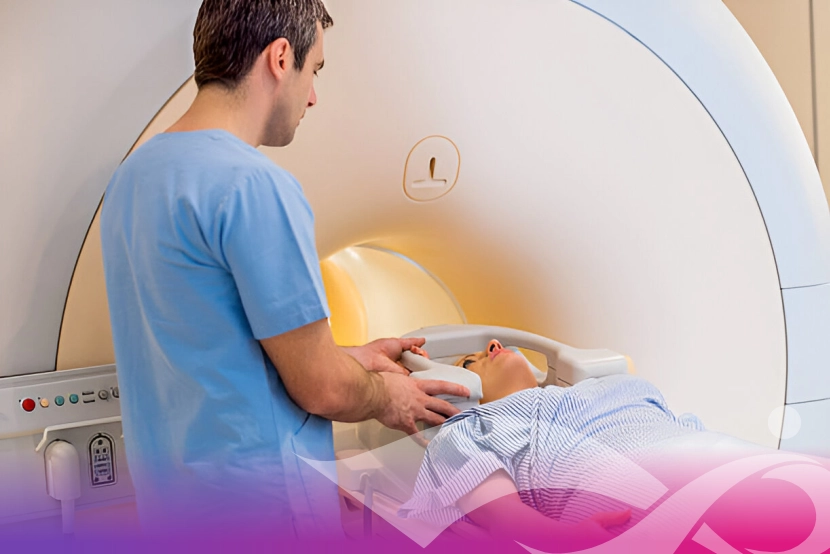Regarding radiation treatment for cancer, you may come across several techniques. At IOCI, our first focus is arming our patients with the information required to understand the nuances of their treatment decisions. Although conventional radiation treatment has been a mainstay of cancer treatment for many years, more recent choices like proton therapy have certain special advantages. Understanding the variations will truly enable you to make wise decisions regarding your path of treatment.
The Foundations: The Mechanisms of Traditional Radiology
Usually referred to as photon therapy, traditional radiation treatment targets and kills cancer cells using high-energy X-rays. Though modern methods are much more advanced, the fundamental concept is that X-rays pass through the body. Many patients picture it as a single strong beam pointed at the tumour. Although this approach works well for destroying cancer cells, the X-rays can also cause some energy release as they pass through the body, influencing healthy tissues along the path. Sometimes side effects like tiredness or damage to healthy organs follow from this. Fortunately, by varying treatment sessions depending on real-time imaging, which helps reduce damage to surrounding healthy tissue, innovations like Image-Guided Radiation Therapy (IGRT) have greatly enhanced precision.
Presenting Proton Therapy: A deeper exploration of precision
A modern form of radiation, proton therapy substitutes protons for X-rays. The primary difference is in the interactions these particles create with the body. The Bragg Peak is the phenomenon whereby protons can be finely tuned to release most of their energy exactly within the tumour. Consequently, hardly any radiation reaches the healthy tissues either before or after the tumour. This approach is particularly relevant for conditions like Brain tumor vs brain cancer, where precise targeting is crucial. Although the given records do not specifically address proton treatment, they do emphasise the need for accuracy in contemporary radiation treatments—especially with IGRT. One major benefit of proton treatment is also its accuracy focus. While shielding the surrounding healthy tissue, both IGRT and proton treatment seek to provide the tumour with the maximum dose. IGRT, for instance, can "track even tiny movements—caused by breathing, swelling, or changes in tumour shape—and adapt on the spot," so sparing healthy brain tissue damage. Proton therapy takes this idea of targeted delivery even further by naturally allowing for a more localized dose, offering new hope for complex cases including Lung cancer in non-smokers.
Why This Difference Matters to Cancer Patients
The way conventional radiation and proton therapy administer their doses is essentially different, and this has significant consequences especially for sensitive areas or in paediatric cases where protection of developing organs is vital. Conventional radiation is still quite effective and gets improved by means of IGRT for better accuracy. Proton treatment, however, may have an advantage by reducing the "exit dose" of radiation, so safeguarding healthy organs outside of the tumour. Reduced side effects and improved quality of life both during and after treatment can follow from this higher accuracy.
At IOCI, we’re dedicated to providing the most advanced and personalized Cancer diagnosis and treatment. Reflecting the change of radiation treatment to become "sharper, smarter, gentler," our approach to cancer diagnosis and treatment combines the most recent studies. Always striving for the best possible results with minimum impact on healthy tissue, we carefully assess every patient's condition to develop the most appropriate and effective treatment plan.
Consult us at any of our locations—across IOCI Noida, Greater Noida, Mumbai, Indore, Aurangabad, Agartala, Saharanpur, Kanpur and Jodhpur.












